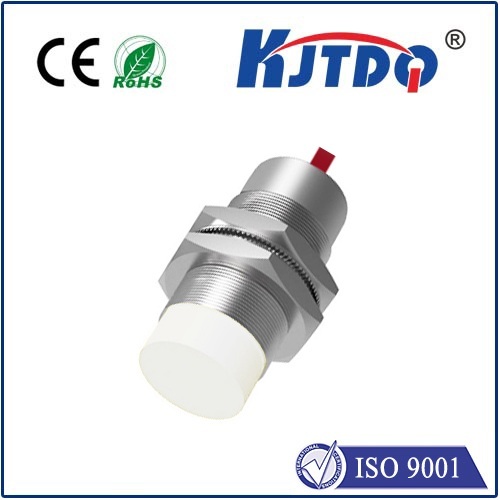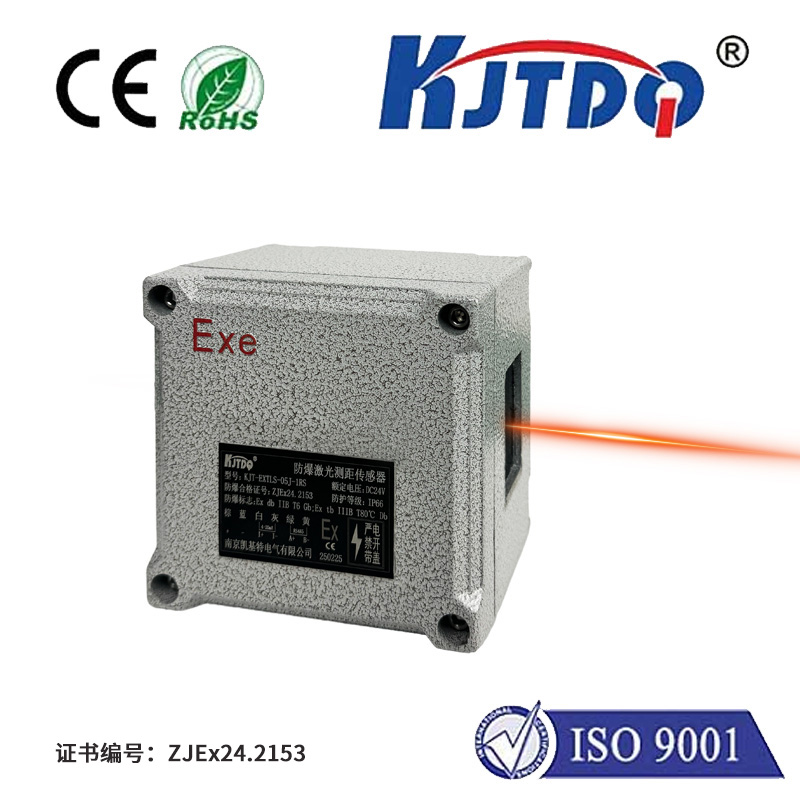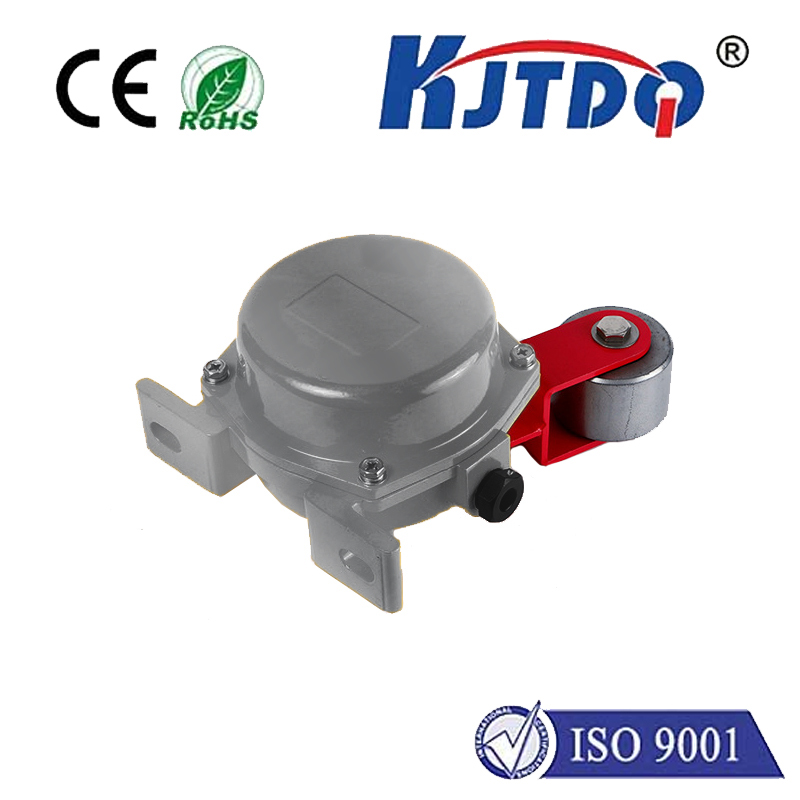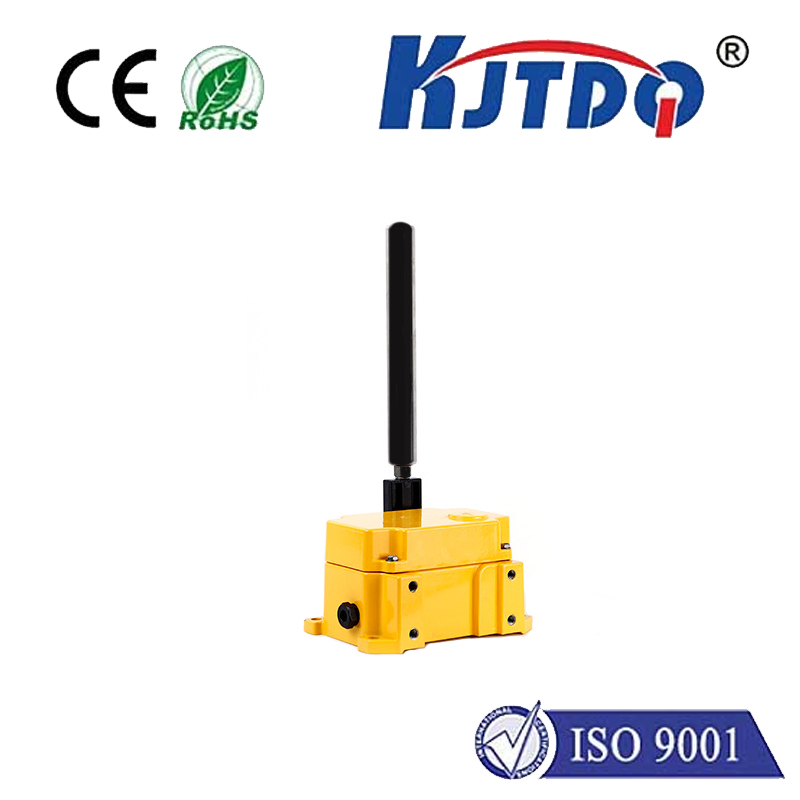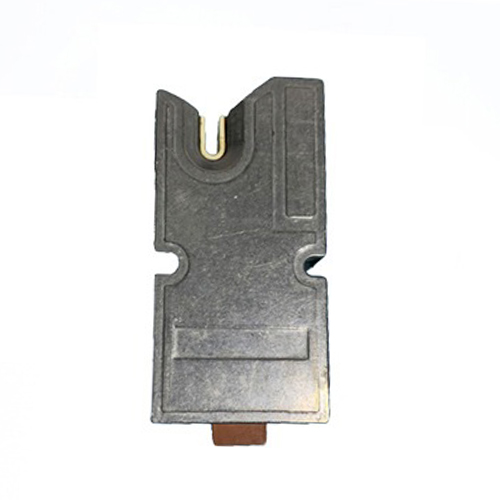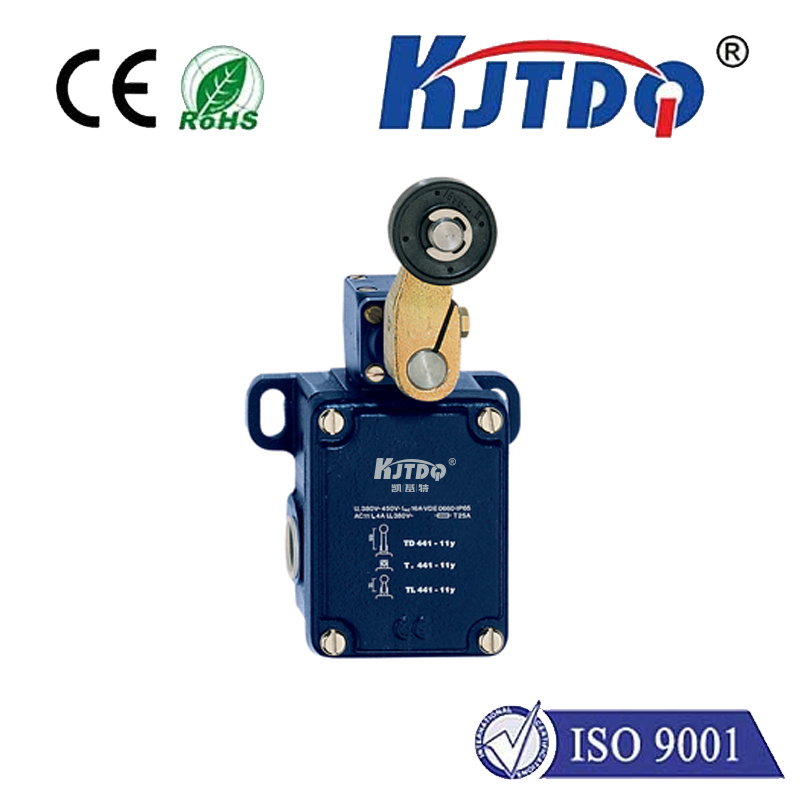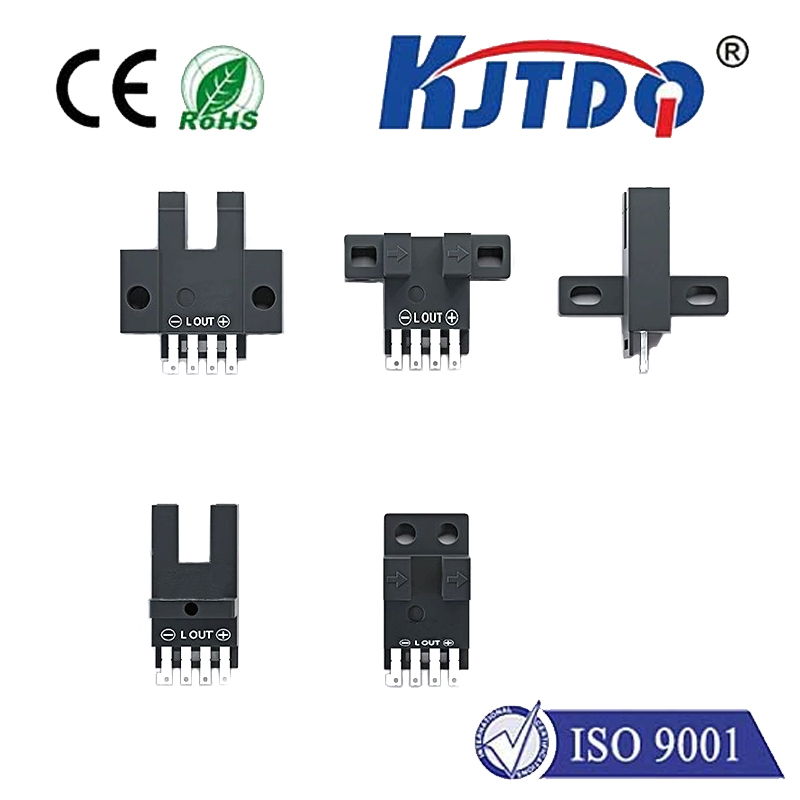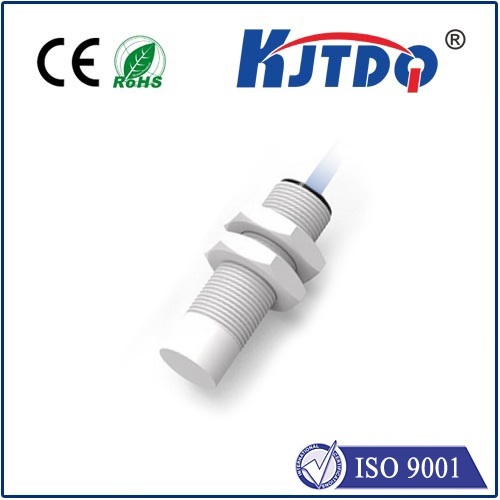The Unseen Guardian: How Omron’s M12 Proximity Sensors Keep Production Flowing
Imagine a high-speed bottling line. Cans zip past sensors at blinding speed, perfectly positioned for filling. Consider an automated assembly robot, its arm moving with precision, knowing exactly where components are located. Or picture heavy machinery in a dusty foundry, protected by systems that ensure safety interlocks are engaged. Behind the seamless operation of countless industrial processes lies a silent, often unnoticed sentinel: the датчик приближения. And within this critical category, Omron’s M12 proximity sensor range stands out as a benchmark for compact, reliable, and high-performance detection.
These unassuming devices, defined by their standardized M12 thread size (approximately 12mm diameter), are the workhorses of modern automation. They detect the presence or absence of metallic or non-metallic objects without physical contact. This contactless operation is key – it eliminates wear and tear, ensures long operational life, and allows for incredibly fast response times measured in milliseconds. When engineers specify an Omron proximity sensor M12, they tap into decades of expertise in non-contact sensing technology, packaged in a format renowned for its versatility and ease of installation.
Why the M12 Format Reigns Supreme
The M12 threaded barrel isn’t arbitrary; it’s a global industrial standard for a reason. This specific size strikes an ideal balance:
Omron’s M12 Sensor Arsenal: Precision Engineered for Diverse Needs
Omron doesn’t offer a monolithic “M12 sensor.” Instead, they provide a diverse family, primarily dominated by inductive and capacitive types, each engineered for specific challenges:
Inductive Proximity Sensors (Detecting Metal): These are the most common M12 sensors. They generate an electromagnetic field. When a ferrous (iron-based) or non-ferrous (like aluminum, copper, brass) metal target enters this field, it induces eddy currents. The sensor detects this disturbance, signaling the object’s presence.
Key Omron Advantages: Exceptionally high repeat accuracy, immunity to dirt, dust, oil, and water (many boast IP67, IP68, or IP69K ratings), resistance to electrical noise, and robust build quality capable of withstanding significant shock and vibration. Omron’s advanced designs often incorporate proprietary ASIC technology for enhanced stability and noise immunity.
Options: Shielding (shielded sensors have a shorter, focused sensing field, ideal for flush mounting in metal) vs. Non-Shielding (non-shielded offer longer sensing ranges but require space around the sensor head). Sensing distances optimized for different metals.
Capacitive Proximity Sensors (Detecting Nearly Anything): These sensors detect objects by measuring changes in capacitance – essentially, the object alters the sensor’s electrostatic field. They excel at detecting non-metallic materials like plastic, glass, wood, cardboard, liquids (levels!), powders, and even granular substances.
Key Omron Advantages: High sensitivity often adjustable via potentiometers, versatility in detecting diverse materials, robust construction similar to inductive models (МП67 common), and immunity to surface contaminants common in packaging, food processing, or chemical applications. An Omron proximity sensor M12 capacitive type might be watching your bottle cap placement or ensuring a hopper isn’t empty.
Consideration: They can be influenced by high humidity or certain types of thick contamination, requiring careful setup.
Beyond the Basics: Engineered for Reliability and Longevity
Omron’s reputation is built on reliability. Their M12 proximity sensors are designed to endure the rigors of industrial life:
Where Omron M12 Sensors Make an Impact
The applications are virtually limitless across all manufacturing and automation sectors:
Choosing the Right Omron M12 Sensor
Selecting the optimal sensor involves considering:
The Omron Advantage: Trust Where It Counts
In a world demanding continuous uptime, precision, and efficiency, the smallest components often bear the greatest responsibility. Omron proximity sensor M12 units epitomize Japanese engineering: compact, incredibly robust, and utterly reliable. They represent a proven solution trusted globally in millions of installations, from the simplest machine
